ChatGPT in English language teaching: A Conversation Starter
Jonathon Ryan
Our conversation this month is on that most topical of topics, ChatGPT, and what it means for language schools and teachers. I’ll get the conversation started, Maria will respond next week, Michael the week after, and then it’s back to me for a summation.
Released just 3 ½ months ago, it's extraordinary that ChatGPT already needs no definition or preliminary description. If you were far enough off-grid to remain oblivious to it, you’d be miles beyond the reach of this blog post. It’s massive. And like it or not, schools and teachers will need to respond. Think of it as a towering wave off the coast of Nazaré or Maui: you can get prepared, get into position, and ride that wave. Or do nothing and then react when the time comes. But I wouldn’t like your chances.
Let's consider some of the lessons of earlier adoptions of technology in education. In the mid-1970s, debates raged around the use of calculators in schools. Some parents and educators were concerned that students might miss out on developing the ability to calculate in their heads. And to be fair, there seems to be some evidence supporting this. But overwhelmingly we've come to see calculators as a tool enabling us to go further in tackling more advanced mathematics. The calculator shoulders much of the processing load so we can spend more time thinking about its application and moving on to the next steps. Just as importantly, basic calculators are available on your phone virtually whenever you need one.
I've also been teaching long enough to recall the resistance of teachers to electronic dictionaries in the early 2000s. Many of the older teachers had a knee jerk reaction to them and sought to see them banned. What was wrong, they wondered, with a slow search through a heavy, creased and stained paperback from the class set? Three things struck me about these teachers: their distrust of innovation, a desire to control students (“How do you know they’re not just playing games”), and a poor understanding of the research literature, evidenced in their routine insistence that students should work out the meaning in context. In fact, according to Hu & Nation (2000), readers to need to understand around 98% of the surrounding words to be able to reliably guess the meaning of a new word. While it is true that some of the early dictionaries had their limitations, supporters were indisputably on the right side of history.
What can we take from this? The parallel with electronic dictionaries is that we are already seeing the first indications of suppression and denial, a fear of the future, and a preoccupation with the errors generated by ChatGPT rather than a focus on the value. The parallel with calculators is that both are tools, and we know that if we apply the right tools to the right problems, we can pave the way to greater achievement and help students go faster and go further. But if we apply them to the wrong problems, everyone loses. A useful comparison here is with setting students complicated division equations for homework but only need requiring the answer rather than any evidence of their working out. Students with calculators may simply cheat. What we need to do, of course, is to create tasks where ChatGPT is a springboard rather than the answer.
Here is one example. I took an old student essay and put it into ChatGPT with the instruction ‘rewrite this essay with correct grammar’. Not only did it do so, but it made far better vocabulary choices. The sentence “The chart shows that it is different in income sources between American and Chinese students” became “The chart displays the differences in income sources between American and Chinese students.” The sentence “It is easy to see that about half of American student's income …” became “It is evident that approximately half of American students' income …”. There is, then, instantaneous feedback. The ideas in the essay were identical but the learner’s errors and inappropriate language choices were revealed. What a resource.
One way I would utilize this is to ask students to write a paragraph (or essay), which they would save, and then put through ChatGPT for feedback. I would then ask students to identify which of the changes represent corrections of grammatical errors and which are stylistic choices. In its current form, ChatGPT doesn’t seem to be able to explain grammar very well, so that’s where the teacher comes back in. We would then discuss the rules and the stylistic issues tutorial-style.
Over to you Maria.
